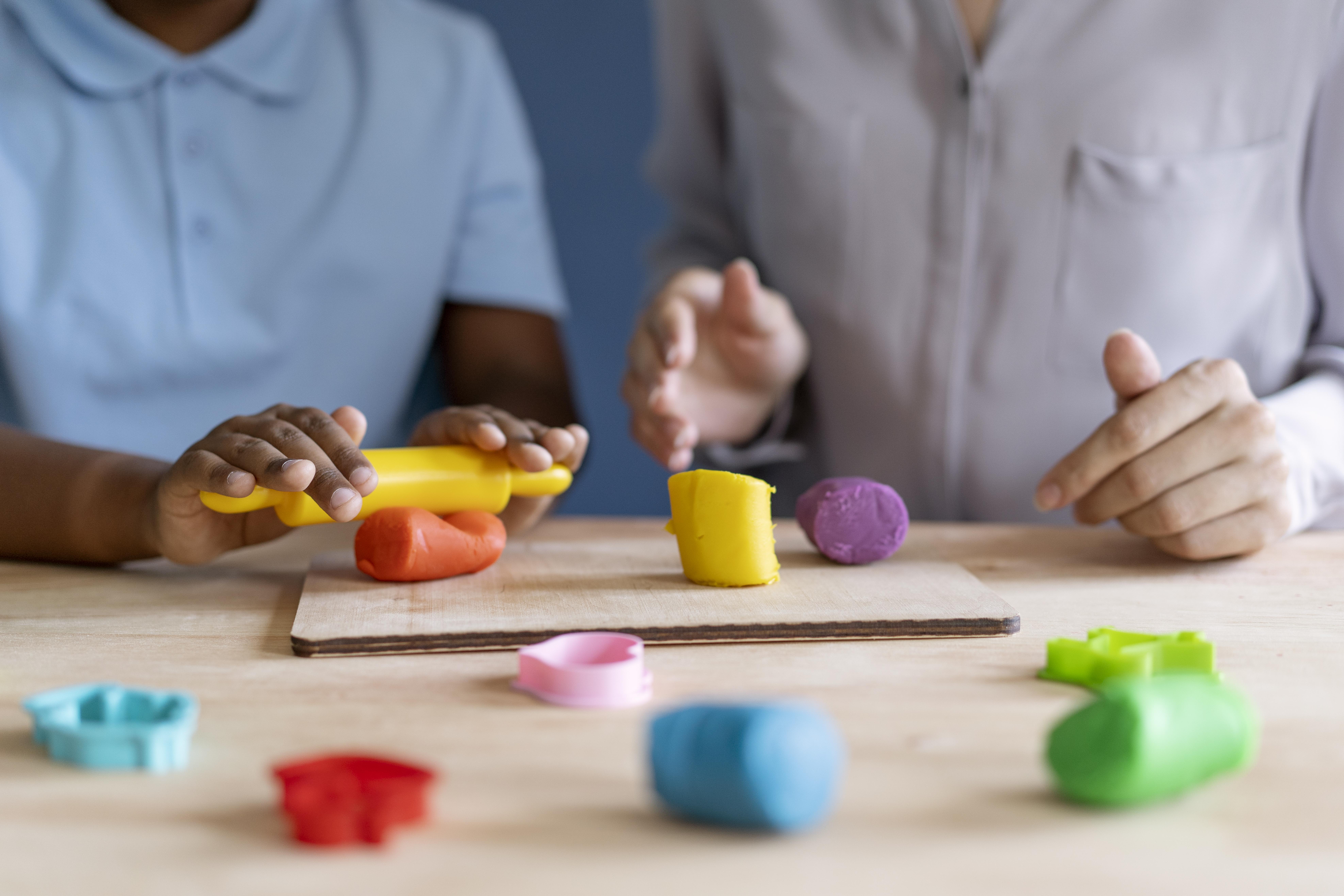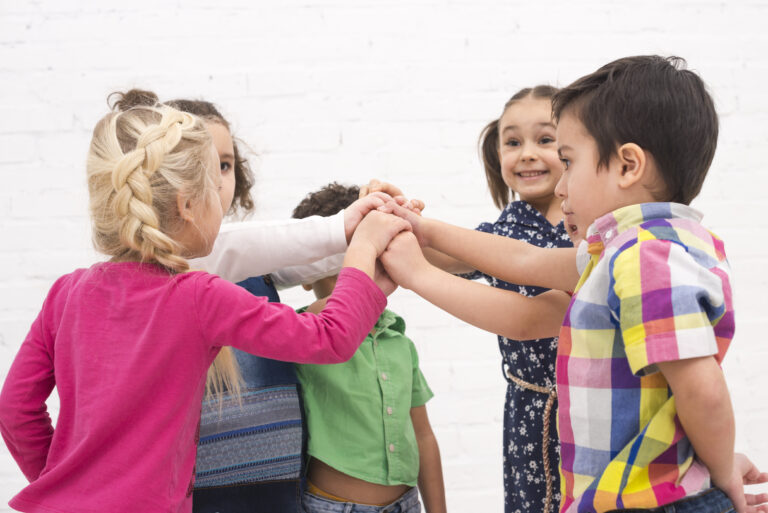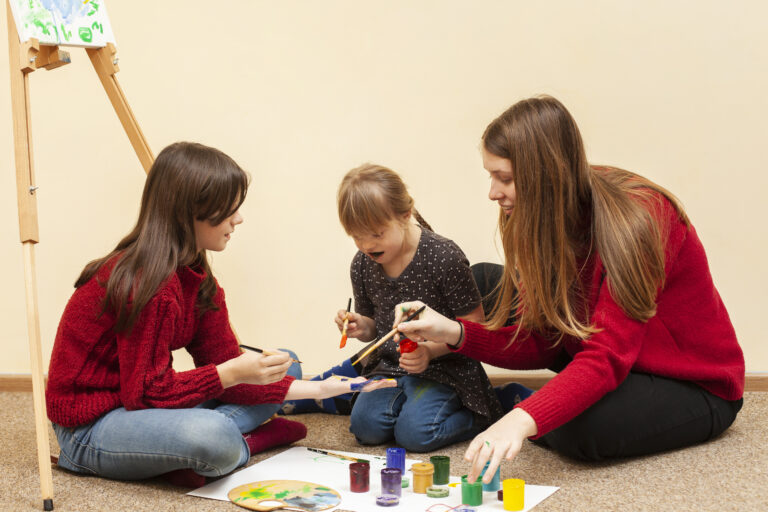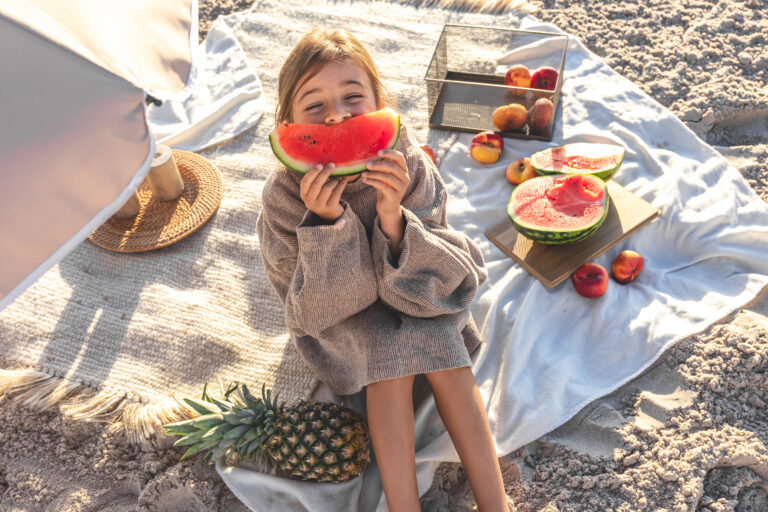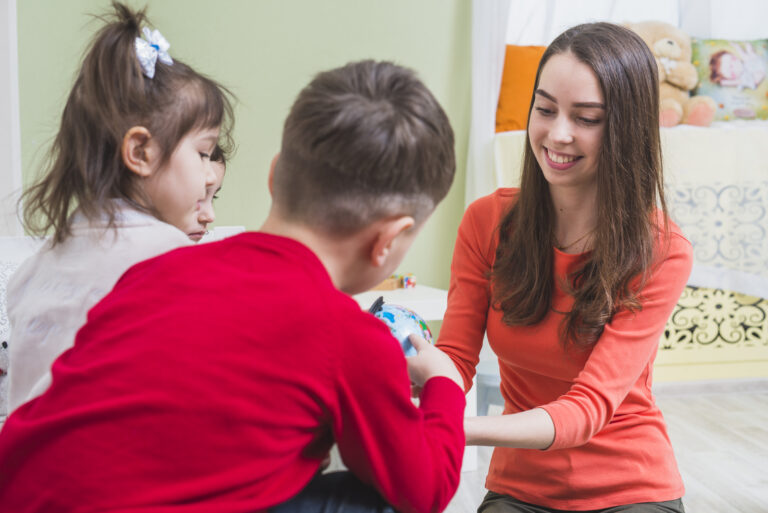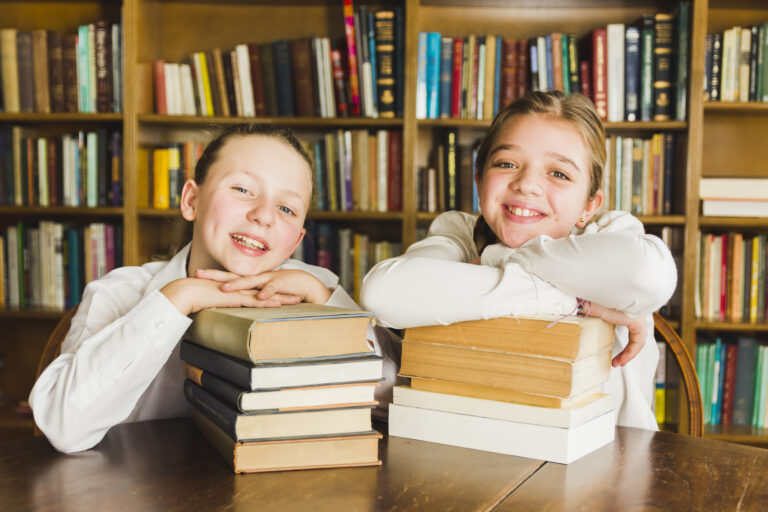Engaging Sensory Activities to Enhance Learning
Sensory experiences are at the heart of how children understand, explore, and interact with the world. For neurodivergent students, especially those with autism, sensory activities are more than enjoyable—they are fundamental tools to regulate emotions, spark engagement, build communication skills, and foster peer bonding. This blog explores how schools can harness simple yet powerful sensory activities—such as sensory bins, scented playdough, nature walks, and group storytelling—especially during the vibrant spring season, to support every learner’s growth and well-being.
The Power of Sensory Engagement in Learning
Sensory engagement refers to using different senses—touch, smell, sight, sound, and movement—as pathways to deep learning. For many children with sensory processing differences, these multisensory experiences make learning more accessible, comfortable, and joyful. Integrating sensory-friendly activities into the school day can:
- Help regulate emotions and behavior
- Improve attention span and focus
- Stimulate communication and language development
- Foster social interaction and peer relationships
- Encourage curiosity and exploration
By centering sensory engagement as an essential part of the school experience, educators can build inclusive classrooms where every student feels empowered to participate in their own unique way.
Creating Sensory-Friendly Learning Environments
Before diving into specific activities, it’s important to cultivate sensory-friendly spaces that set the stage for success. This includes:
- Offering diverse sensory options: Provide both calming tools (dim lighting, fidget items, weighted blankets) and invigorating materials (vibrant visuals, textured tools).
- Maintaining routine and predictability: Organize sensory activities into a structured schedule so students know what to expect.
- Encouraging choice: Let students select the type of sensory input that meets their needs.
- Integrating—not isolating—sensory experiences: Make sensory engagement part of everyday activities and not only for managing behavior.
Sensory experiences work best when they’re built into the fabric of the learning process—not treated as isolated interventions.
Sensory Bins: Hands-On, Minds-on Learning
A sensory bin is a container filled with materials that invite students to explore different textures, colors, and objects. A bin might contain dry rice, colored sand, kinetic beads, or water beads, mixed with themed objects like animals, letter tiles, or mini seasonal decorations.
Benefits of Sensory Bins:
- Tactile exploration activates calming centers in the brain, which helps reduce anxiety and promote focus.
- Fine motor development improves as students scoop, pour, sift, and manipulate small objects.
- Language and communication blossom when students describe textures, colors, or the items they find in the bin.
- Cognitive development is supported through matching, sorting, counting, and sequencing activities.
- Social interaction emerges during shared exploration and cooperative play.
Spring Sensory Bin Ideas:
- Spring garden bin: Fill with soil, fake grass, mini flowers, and bugs for a nature experience.
- Rainbow rice bin: Use colored rice with small scoops, cups, and sorting bowls to inspire color recognition and creative fun.
- Bug hunt bin: Include small plastic insects hidden in dry corn or dry lentils for tiny explorers.
Teachers can add visual direction cards to give students structured tasks, such as “Find three red flowers” or “Sort all the bugs by legs.”
Scented Playdough: Using Smell and Touch to Calm and Connect
Children love playdough, and when it’s infused with calming scents or stimulating aromas, the benefits increase even more. Scented playdough can be made with safe essential oils like lavender, lemon, peppermint, or chamomile, offering students a chance to regulate their emotions through multisensory engagement.
Why Scented Playdough Works:
- Tactile and olfactory stimulation helps children regulate their mood and energy—for example, mint may energize while lavender calms.
- Fine motor skills improve as little hands squeeze, flatten, roll, and shape the dough.
- Self-expression is nurtured as students create shapes, figures, or scenes from their imagination.
- Language development is encouraged through conversations about textures, scents, creations, and play themes.
- Social bonding happens naturally in small group play as children share colors, tools, and ideas.
Spring Playdough Creations:
- Lemon-scented chicks and flowers
- Mint-scented leaves and bugs
- Lavender-scented clouds and raindrops
Alternate communication methods can be used in this activity: students may describe what they’ve made using drawing, gestures, or AAC (Augmentative and Alternative Communication) devices.
Nature Walks: Learning Through Outdoor Exploration
Springtime provides the perfect opportunity to get outside and bring sensory learning into the natural world. Nature walks are not only educational—they also offer powerful sensory integration.
Sensory Benefits of Nature Walks:
- Auditory input from birds, wind, and crunching leaves supports auditory processing.
- Visual stimulation from the dynamic outdoor environment nurtures alertness and visual recognition.
- Tactile input through exploration of leaves, bark, flowers, or even dirt aids tactile processing.
- Movement and vestibular stimulation naturally occur through walking, climbing small hills, or jumping over puddles.
- Olfactory exploration introduces natural scents like flowers, soil, and fresh air to stimulate smell.
Nature Walk Activities:
- Texture scavenger hunts: Find something rough, smooth, bumpy, or fuzzy.
- Listening walks: Pause and take note of five different sounds you hear.
- Color spot challenges: Match object colors found in nature to paint chips prepared in the classroom.
- Story stops: After every few minutes, have a group storytelling prompt—“What if this tree could talk?” or “Imagine we climb to the top of that hill—what do we see?”
Even students who may be more sensory-sensitive can benefit from the open-air movement and reduced sensory load compared to indoor spaces, making this a balancing and rejuvenating part of the day.
Group Storytelling: Fostering Connection Through Shared Creativity
One of the most valuable tools in building both language and peer relationships is storytelling. Group storytelling takes this further by emphasizing collaboration, active listening, and communication.
In this activity, each child contributes a sentence or idea that’s added to a growing story, often supported by props, visuals, felt boards, or puppets.
Benefits of Group Storytelling:
- Turn-taking teaches patience and boosts readiness for group collaboration.
- Listening and working memory develop as students follow the evolving narrative.
- Language development is reinforced through sequencing ideas, using expressive vocabulary, and building sentences.
- Peer relationships grow as students listen to, appreciate, and acknowledge each other’s creativity.
- Confidence and self-expression are boosted, especially when students hear their ideas being celebrated and built upon by the group.
Spring Story Starters:
- “The bunny who lost its rainbow egg…”
- “A tiny seed that turned into a surprise…”
- “A rainy day that turned magical…”
Group storytelling can be inclusive and accessible for all communication styles. Students who are non-verbal can point to story pieces on a board, press buttons on a speech-generating device, or act out scenes physically.
Combining Activities for Thematic Sensory Learning
One of the joys of sensory education is the ability to blend multiple activities into a cohesive, theme-based learning experience. Here’s an example of how sensory bins, playdough, nature walks, and storytelling can be connected for deeper engagement:
Springtime Theme Week: “A Bug’s Life”
- Monday: Bug sensory bin with rice, mini insects, and magnifying glasses.
- Tuesday: Scented playdough with lemon (ants), mint (beetles), and lavender (butterflies).
- Wednesday: Outdoor bug hunt and nature walk with clipboards and checklists.
- Thursday: Group story: “A ladybug’s adventure across the garden.”
- Friday: Students create and present their own bug-inspired artwork or storybook using language they practiced throughout the week.
This developed theme gives repetition with variety, a balance crucial to successful learning, especially for autistic students.
Generalizing Sensory Skills to Support Self-Regulation
Sensory activities aren’t just fun—they help students understand what kinds of sensory input they need to feel regulated. Over time, students begin to understand:
- “When I’m feeling overwhelmed, pressing playdough helps me calm.”
- “I think better after I go outside for fresh air.”
- “When I smell lavender, I feel relaxed.”
- “I focus better after using the rice bin for a few minutes.”
These insights build the foundation for life-long self-regulation, where students recognize their body’s needs and can use appropriate strategies to meet them.
Measuring Growth: What Educators Can Look For
As sensory activities become part of your classroom’s daily rhythm, growth will begin to show in several key ways:
- Increased on-task behavior
- Improved communication—verbal or nonverbal
- Decreased incidents of dysregulation or meltdowns
- Greater comfort in peer interactions
- Enthusiastic participation in group activities
Not all progress is fast or linear, but consistent exposure to sensory-enriched environments helps students build confidence, competence, and joy in learning.
Creating a Culture of Inclusion and Joy
Incorporating sensory-friendly activities into a school’s culture isn’t just a strategy—it’s a commitment to inclusive, child-centered learning. These practices celebrate the diversity of how children learn, feel, and connect. They replace traditional expectations of sitting-still-to-learn with a joyful acknowledgment that engagement comes in many forms.
Whether a child is kneeling at a sensory bin, rolling out calming scented clay, giggling during a bug hunt, or adding a wild twist to a group story, they are not only learning—they are thriving.
In Summary
Spring is a season of renewal, growth, and possibility. What better time to renew our commitment to creating learning environments that embrace the senses, celebrate neurodiversity, and support full engagement for every student?
From the soothing squeeze of playdough to the vibrant sensory experience of a nature walk, these activities are more than seasonal fun—they are pathways into social interaction, emotional regulation, cognitive development, and, most importantly, connection.
At It’s a Sensory World!, we believe that every child deserves an education that meets them where they are—and helps them grow into who they can be. Whether you’re an educator, therapist, caregiver, or school administrator, remember: inclusion begins with engagement, and engagement begins with the senses. As a dedicated school for autism in Farmers Branch, we create sensory-rich environments where students are empowered to connect, learn, and thrive.
Let’s build classrooms filled with joy, texture, color, sound, and story—where every child has a place, a voice, and a friend.
